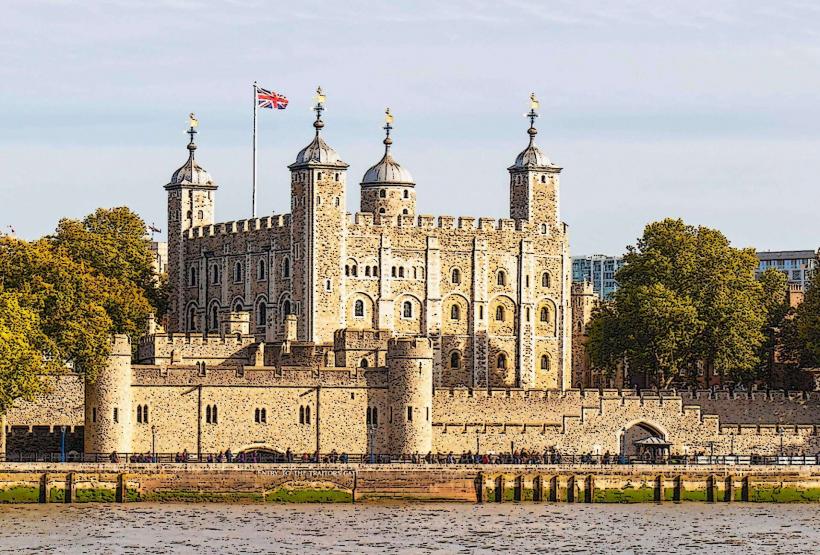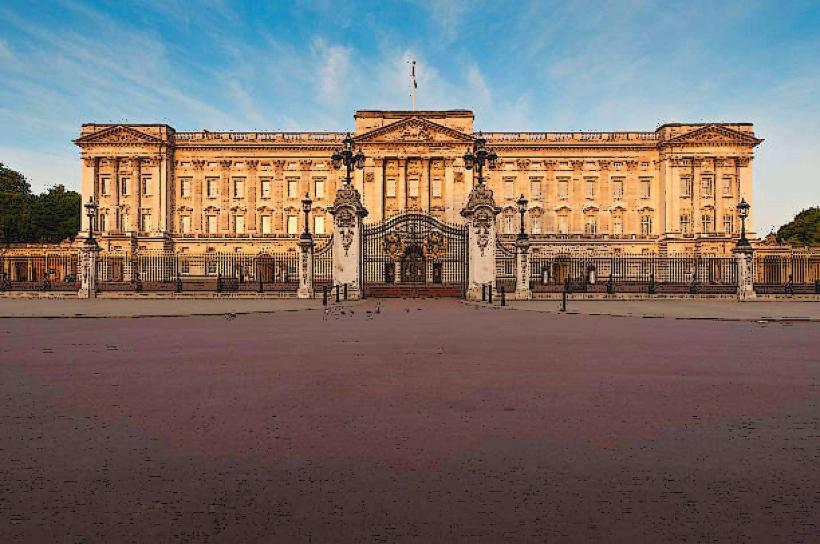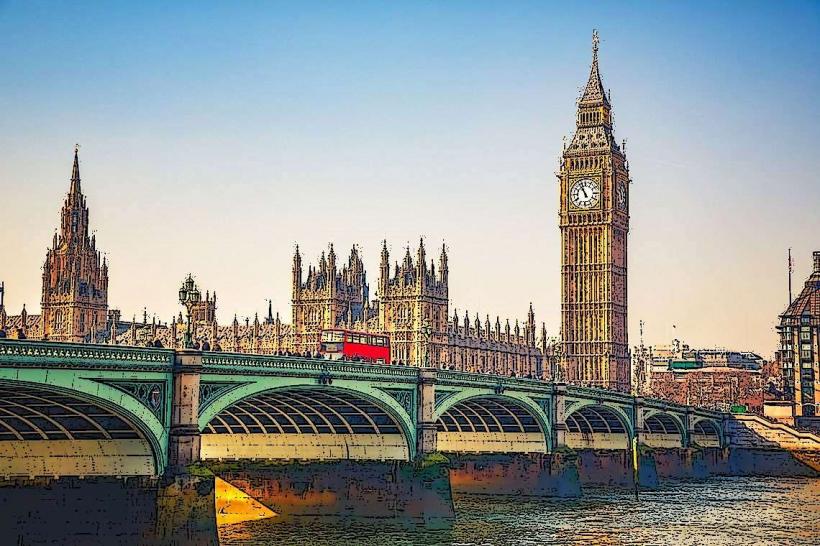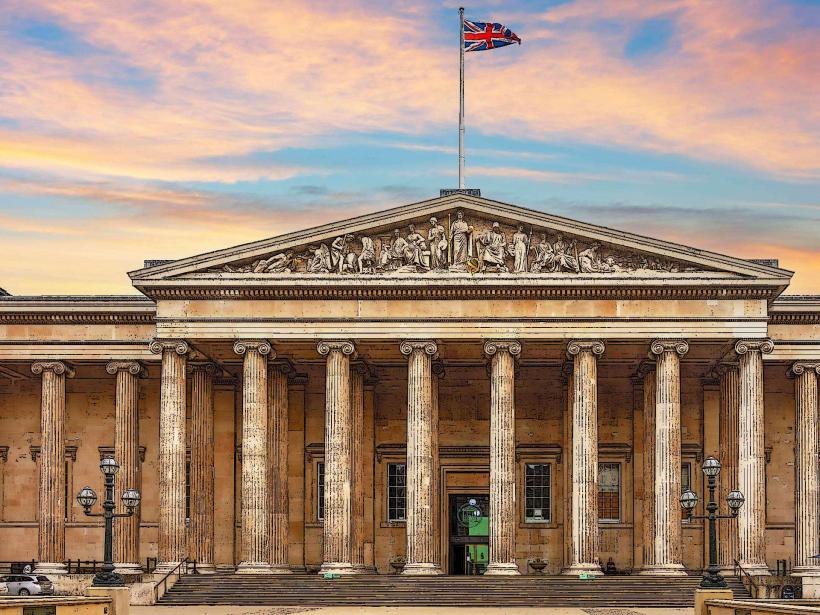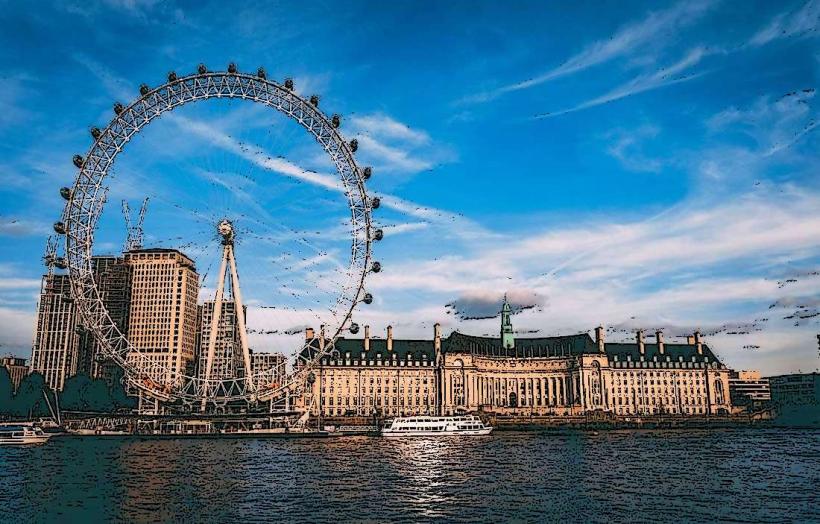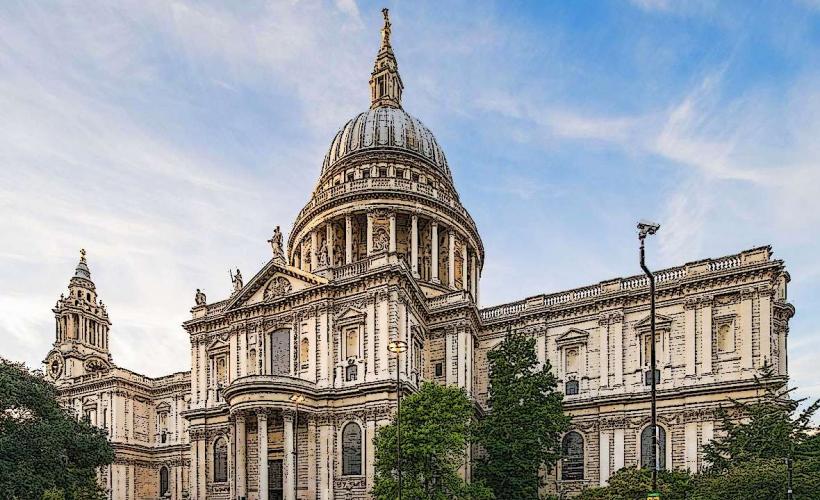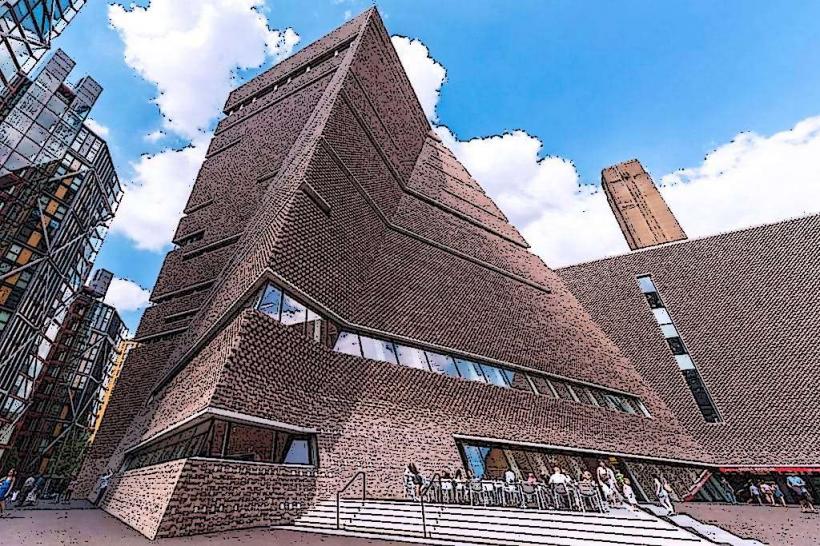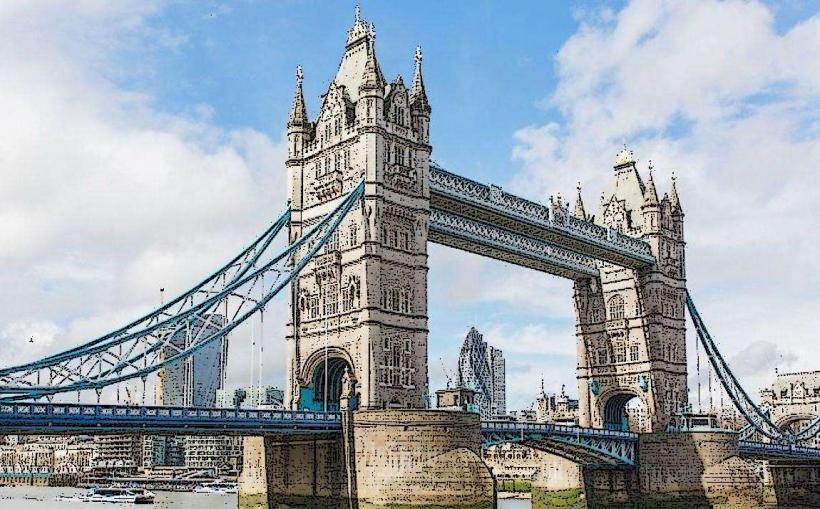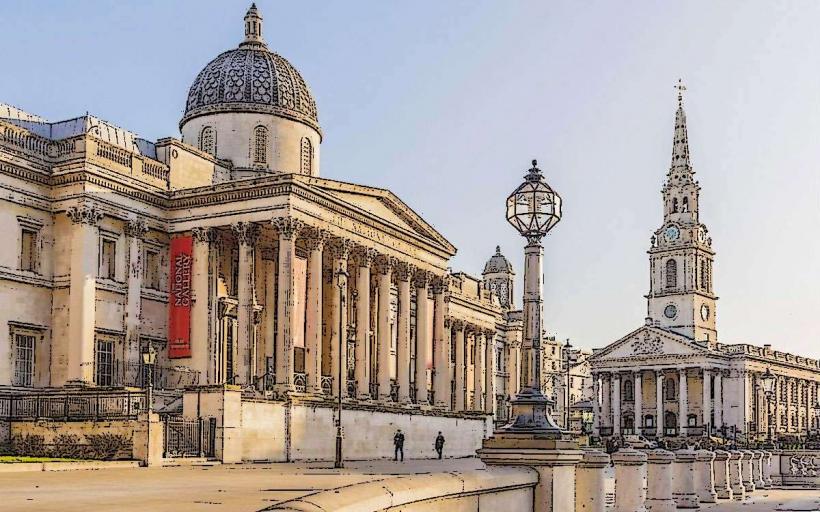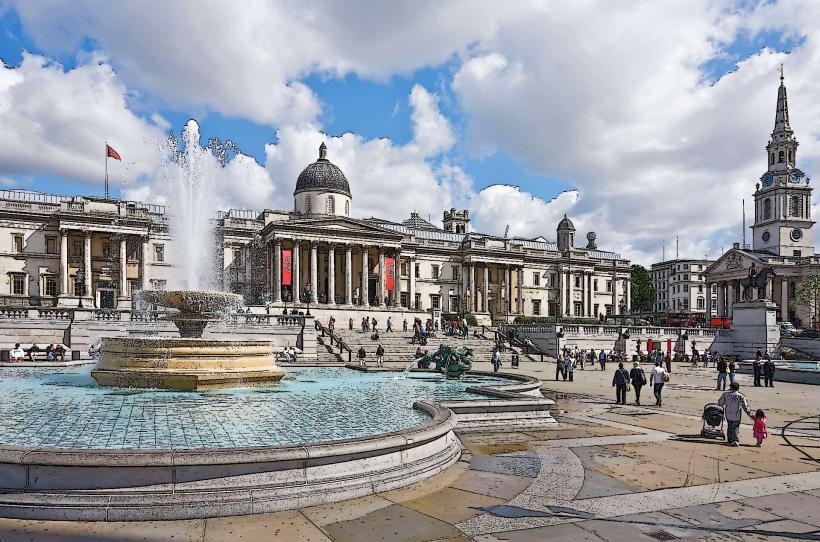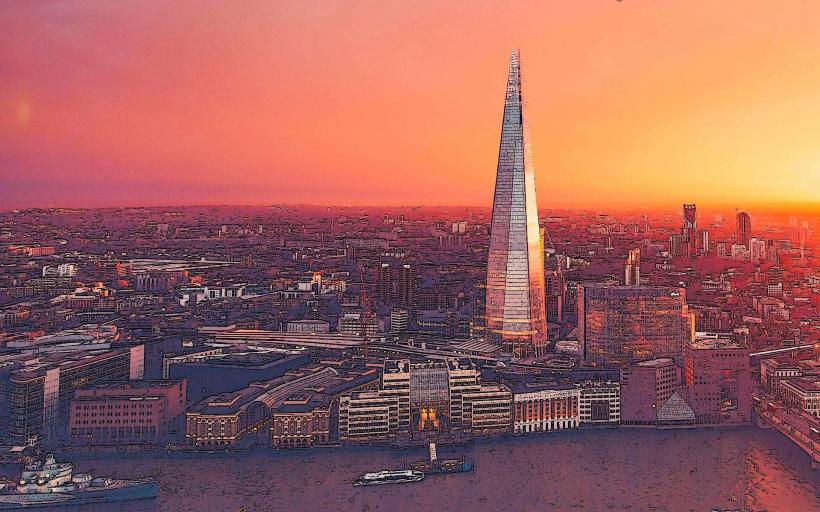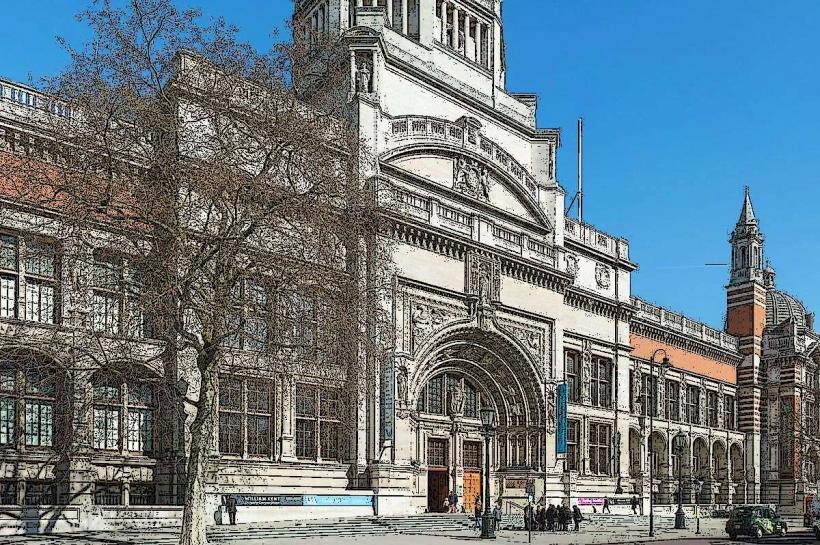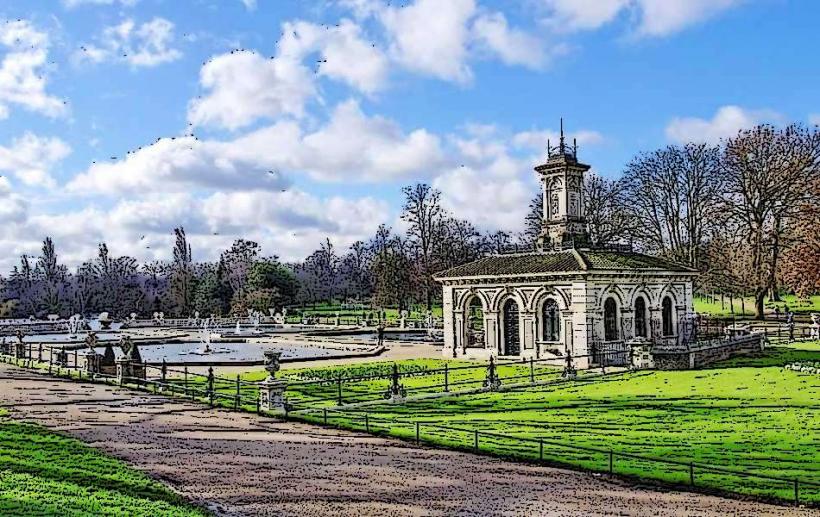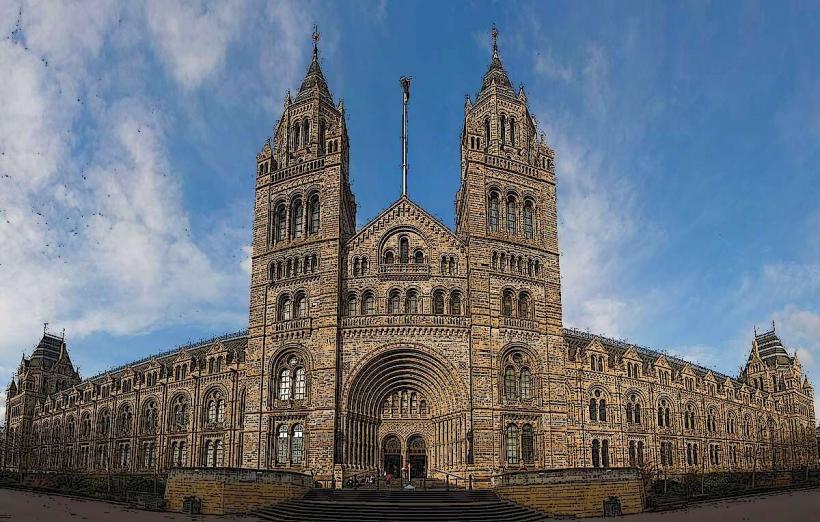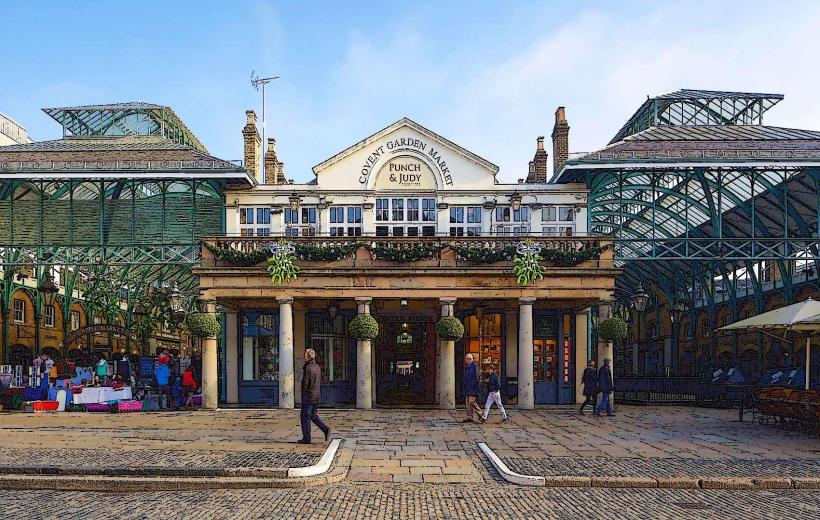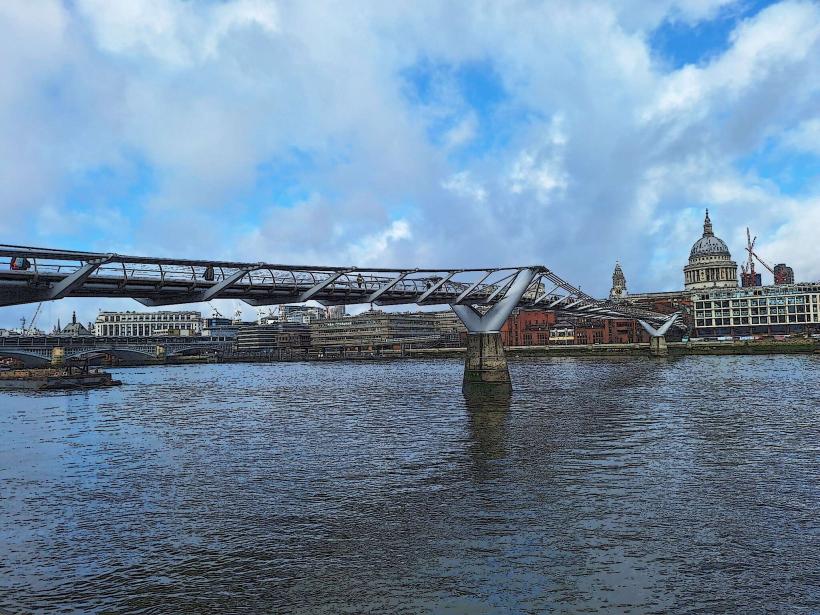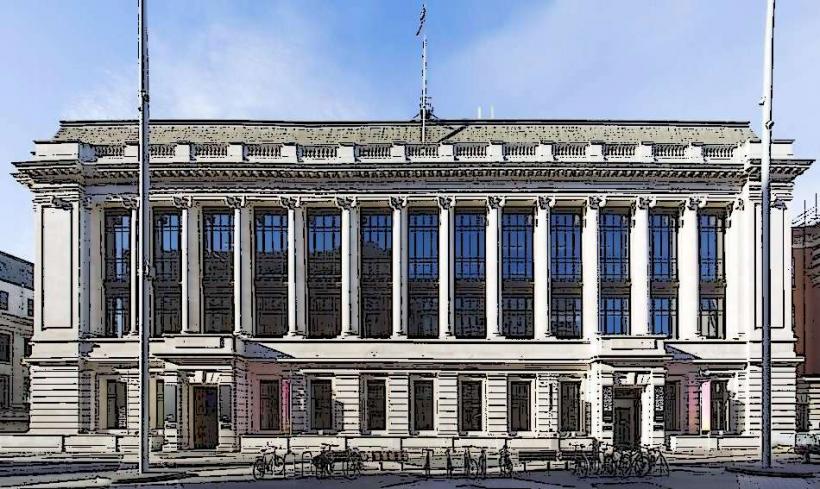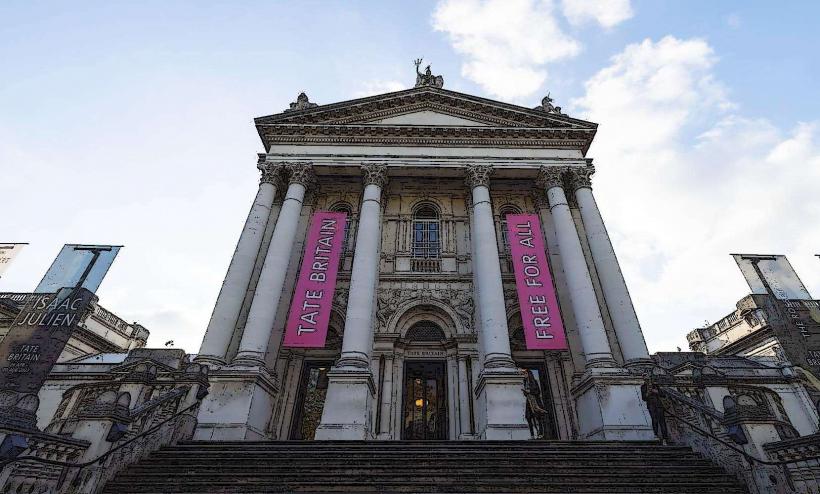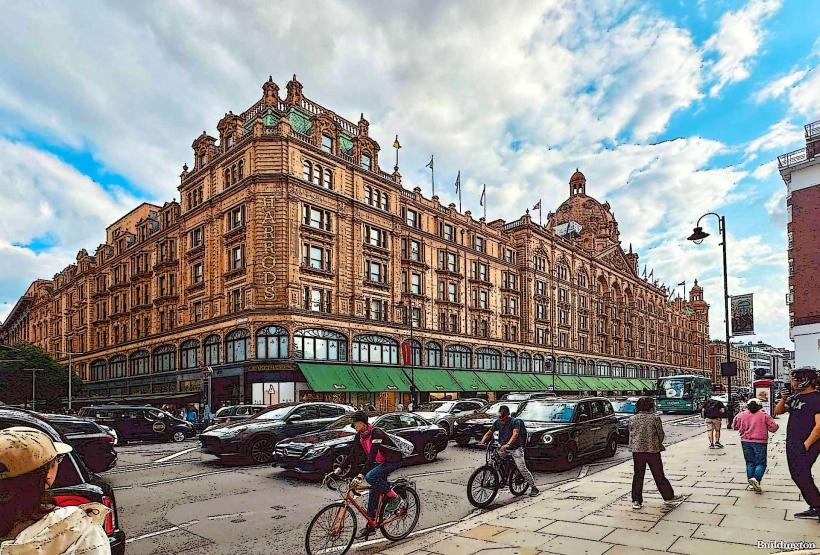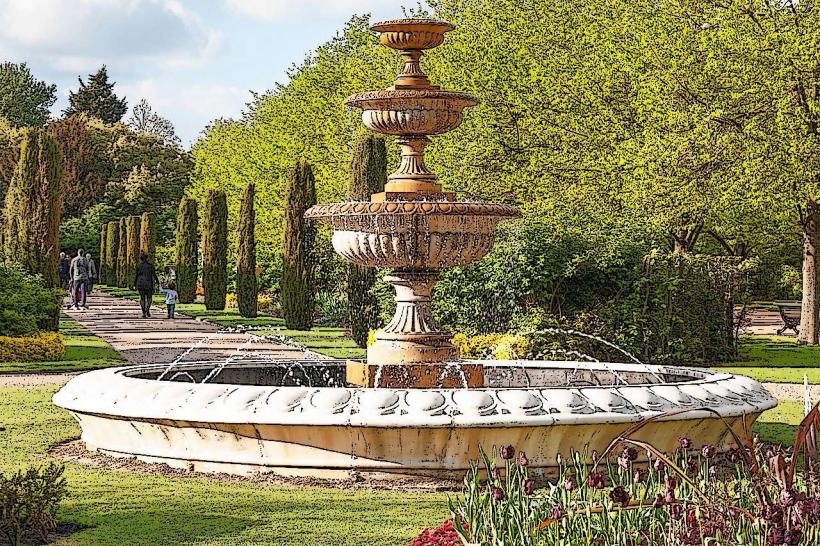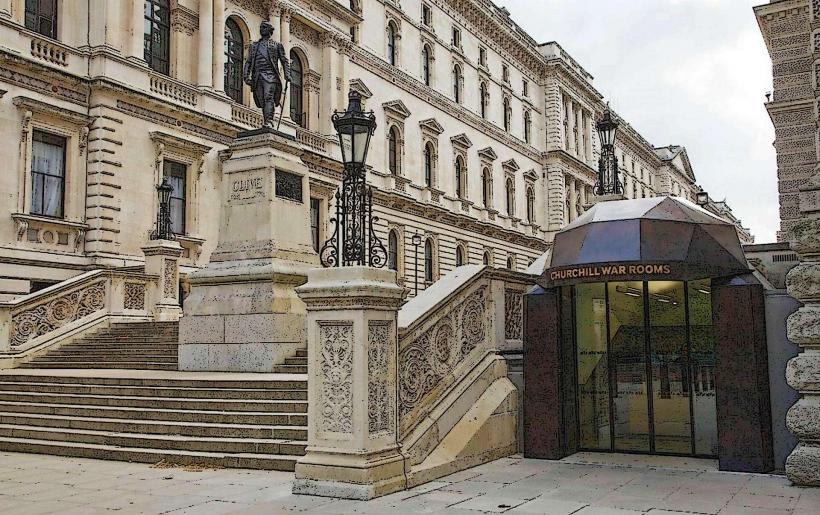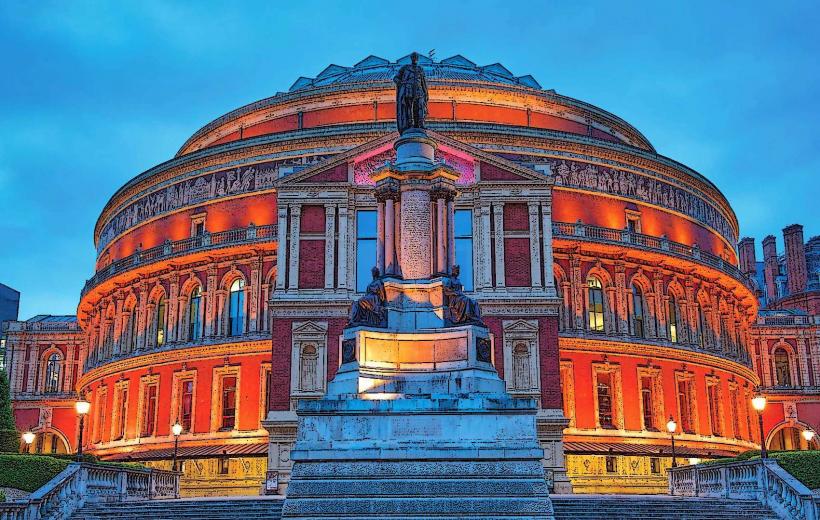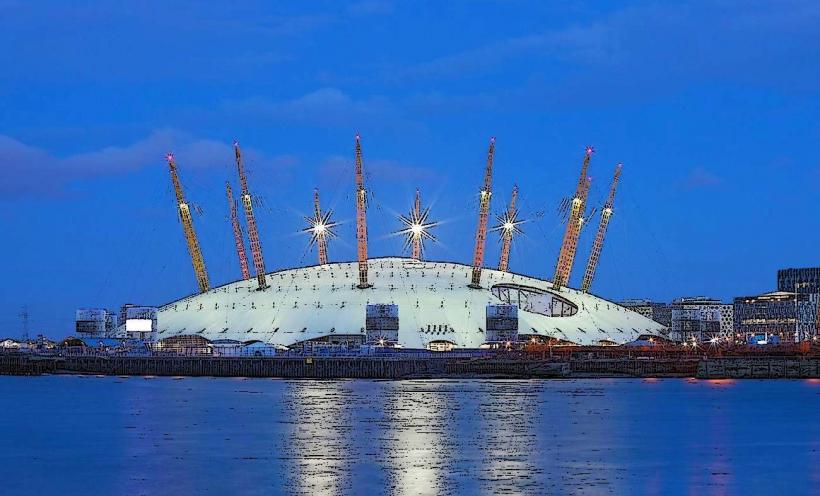Information
Landmark: Westminster AbbeyCity: London
Country: United Kingdom
Continent: Europe
Westminster Abbey is one of the most famous and historically significant churches in the United Kingdom, located in the heart of London. It is renowned not only for its architectural beauty but also for its central role in British history, particularly in relation to the monarchy and national ceremonies. Here’s a detailed look at Westminster Abbey, its history, architecture, and cultural significance:
History and Background
- Origins: Westminster Abbey’s history dates back to the 7th century, though the current structure was built between 1245 and 1272 during the reign of King Henry III. It began as an Anglo-Saxon church founded by St. Edward the Confessor, and over the centuries, it has evolved into a grand Gothic structure that became the official place of worship for the monarchy.
- Construction of the Current Abbey: The Abbey was rebuilt and expanded under the direction of King Henry III, whose reign saw the transformation of the Abbey into a larger, more impressive structure. It was consecrated in 1269. The Abbey has been extensively modified over time, with various kings and queens contributing to its construction and decoration.
- Role in the Monarchy: Westminster Abbey has served as the site for royal coronations since 1066, beginning with the coronation of William the Conqueror. It remains the location for British royal coronations to this day. The Abbey is also where many royal weddings, funerals, and burials have taken place.
Architectural Features
Westminster Abbey is a masterpiece of Gothic architecture, with a rich and detailed design that incorporates elements of both medieval and later styles.
1. The Nave and Chancel:
- The Nave is the main body of the Abbey and is renowned for its awe-inspiring height and spaciousness. It’s here that most royal ceremonies, such as weddings and funerals, take place. The chancel is the area around the altar, and it is here that the coronation of monarchs occurs, with the King or Queen seated in the Coronation Chair.
- The nave’s vaulted ceiling and pointed arches are classic features of Gothic design, while the tracery and stained glass windows add vibrancy and color to the space.
2. The Quire (Choir):
- The Quire is where the Abbey's choir performs, and it is located at the eastern end of the nave. It is adorned with magnificent wooden stalls, some dating back to the 14th century, and intricate carvings. This area is also used for daily services and prayers.
3. The Sanctuary and High Altar:
- The Sanctuary is the most sacred part of the Abbey, containing the high altar where the monarch is crowned. It is also where various significant events, including the burial of royalty, have taken place.
4. The Poets' Corner:
- Poets' Corner is one of the most famous areas of the Abbey, located in the South Transept. It is the burial place of many renowned British writers, poets, and playwrights, including Geoffrey Chaucer, Charles Dickens, George Frederick Handel, and Thomas Hardy. There are also memorials to writers such as William Shakespeare, Jane Austen, and Lord Byron.
5. The Chapter House and Cloisters:
- The Chapter House is a circular room, traditionally used for meetings of the Abbey's monks. It is known for its beautiful vaulted ceiling and its role in the history of the Magna Carta, as it is here that the 1215 document was read aloud to the monks before being sealed.
- The Cloisters are a tranquil, open-air space surrounded by arches and used by the monks for meditation and reflection.
6. The Abbey's Towers:
- Westminster Abbey is topped with two large West Towers, which are visible from various points around London. These towers, built in the 18th century, are an iconic feature of the Abbey’s silhouette.
Royal Significance
- Coronations: Westminster Abbey has been the venue for the coronation of every British monarch since William the Conqueror in 1066. The most recent coronation was that of King Charles III in May 2023. The Coronation Chair in the Abbey has been used for nearly every British coronation, and it holds the famous Stone of Scone, which was traditionally used for Scottish coronations.
- Royal Weddings: Many royal weddings have taken place at Westminster Abbey, including the weddings of Queen Elizabeth II and Prince Philip in 1947, Prince William and Catherine Middleton in 2011, and Prince Harry and Meghan Markle in 2018.
- Royal Funerals: Westminster Abbey is also the final resting place for many members of the royal family. Queen Elizabeth II, Prince Philip, and Princess Diana are among those who have been buried or commemorated in the Abbey. The Abbey is often used for royal funerals and memorial services, further cementing its role in the nation’s history.
Notable Burials and Memorials
In addition to royal figures, Westminster Abbey is the final resting place of many of the most important individuals in British history, including:
- Isaac Newton – The famous physicist and mathematician, buried in the Abbey in 1727.
- Charles Darwin – The naturalist who developed the theory of evolution, buried here in 1882.
- Sir Charles Barry – The architect of the current Abbey, buried in the cloisters.
- The Unknown Warrior – A memorial to British soldiers who died in World War I, whose identity remains unknown. The body was buried in 1920 and lies near the high altar.
- Elizabeth I and Mary, Queen of Scots – Both of these monarchs are buried in Westminster Abbey, alongside other royals.
Cultural and National Importance
- Symbol of National Identity: Westminster Abbey represents the continuity and tradition of British governance and culture. It has been the site of significant national events, from royal celebrations to state funerals and services of thanksgiving. Its role in key moments of history, such as coronations, weddings, and funerals, has made it a symbol of British unity.
- UNESCO World Heritage Site: In 1987, Westminster Abbey was designated a UNESCO World Heritage Site due to its historical and architectural significance. The Abbey continues to draw millions of visitors annually, who come to admire its architecture and explore its rich history.
- Educational Role: The Abbey plays an important role in the educational life of Britain. It is often used for school visits, educational programs, and as a place of reflection on Britain’s history and culture.
Visitor Experience
- Tours: Westminster Abbey offers guided tours and audio guides that provide insight into its history, architecture, and the significance of the various spaces. Visitors can learn about the royal coronations, famous figures buried or commemorated here, and the Abbey’s role in British life.
- Events and Services: The Abbey hosts daily worship services, including morning and evening prayers, and visitors can attend these services. Special events, including concerts, lectures, and commemorative services, are also held throughout the year.
- Opening Hours: Westminster Abbey is open to the public for most of the week, except during special services or events.
Conclusion
Westminster Abbey is a stunning blend of religious, historical, and architectural significance. It is not only a place of worship and royal ceremony but also a repository of British history, where key figures from various fields are honored and remembered. Its Gothic architecture, royal connections, and role in national life make it one of the most significant buildings in the United Kingdom and a must-see for anyone interested in British heritage.

